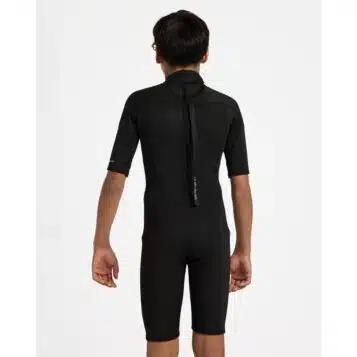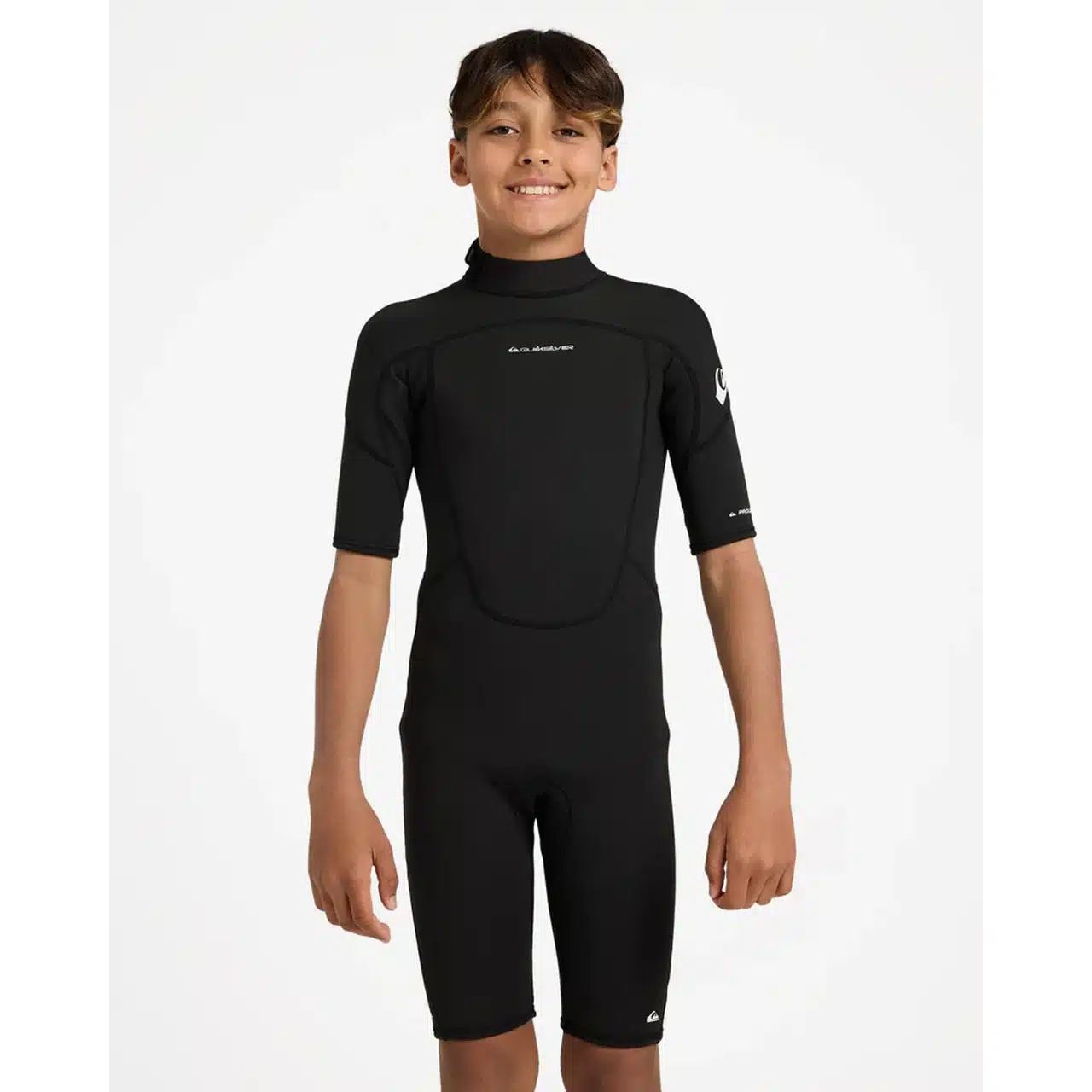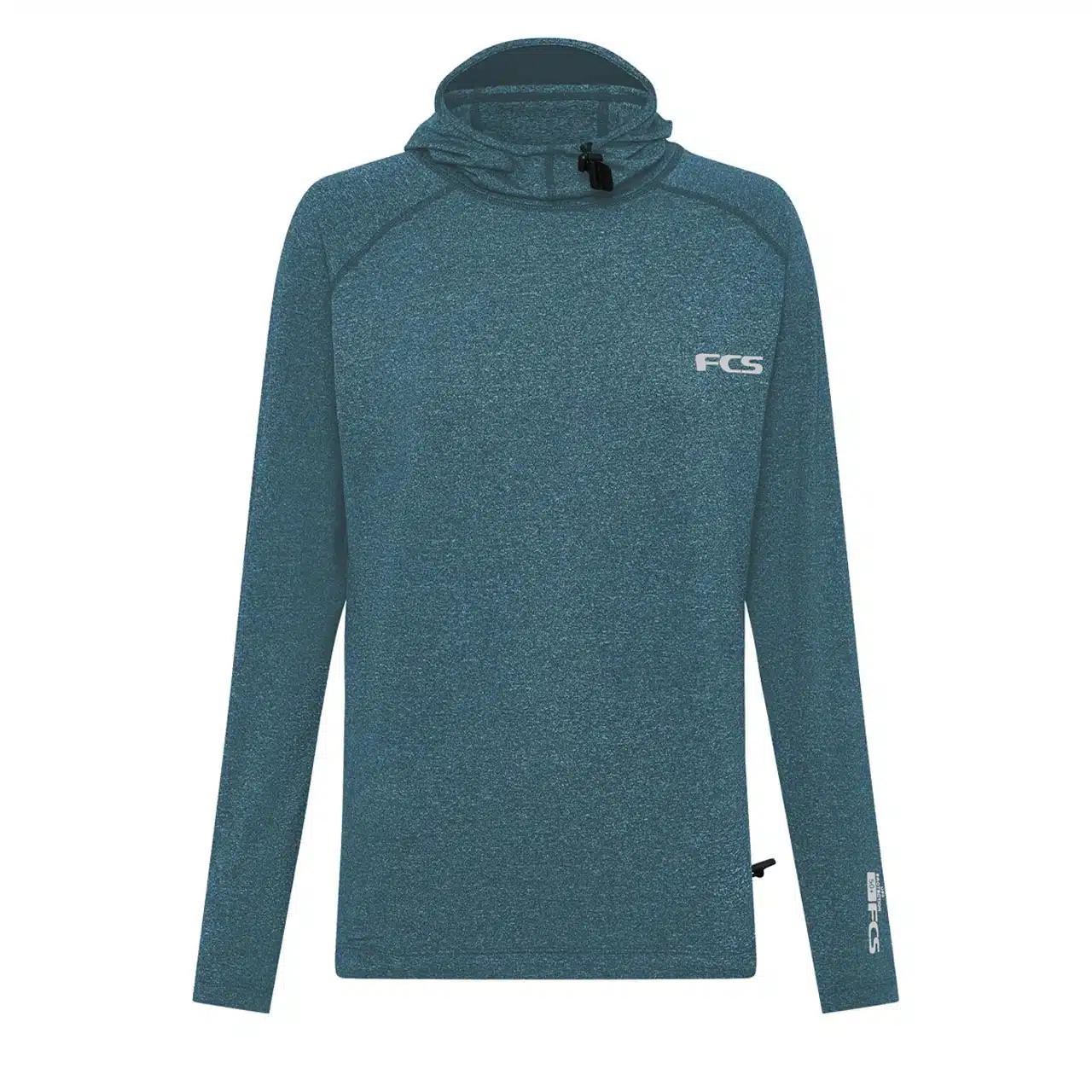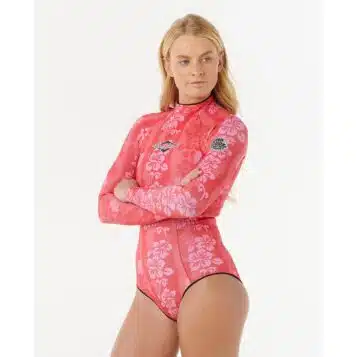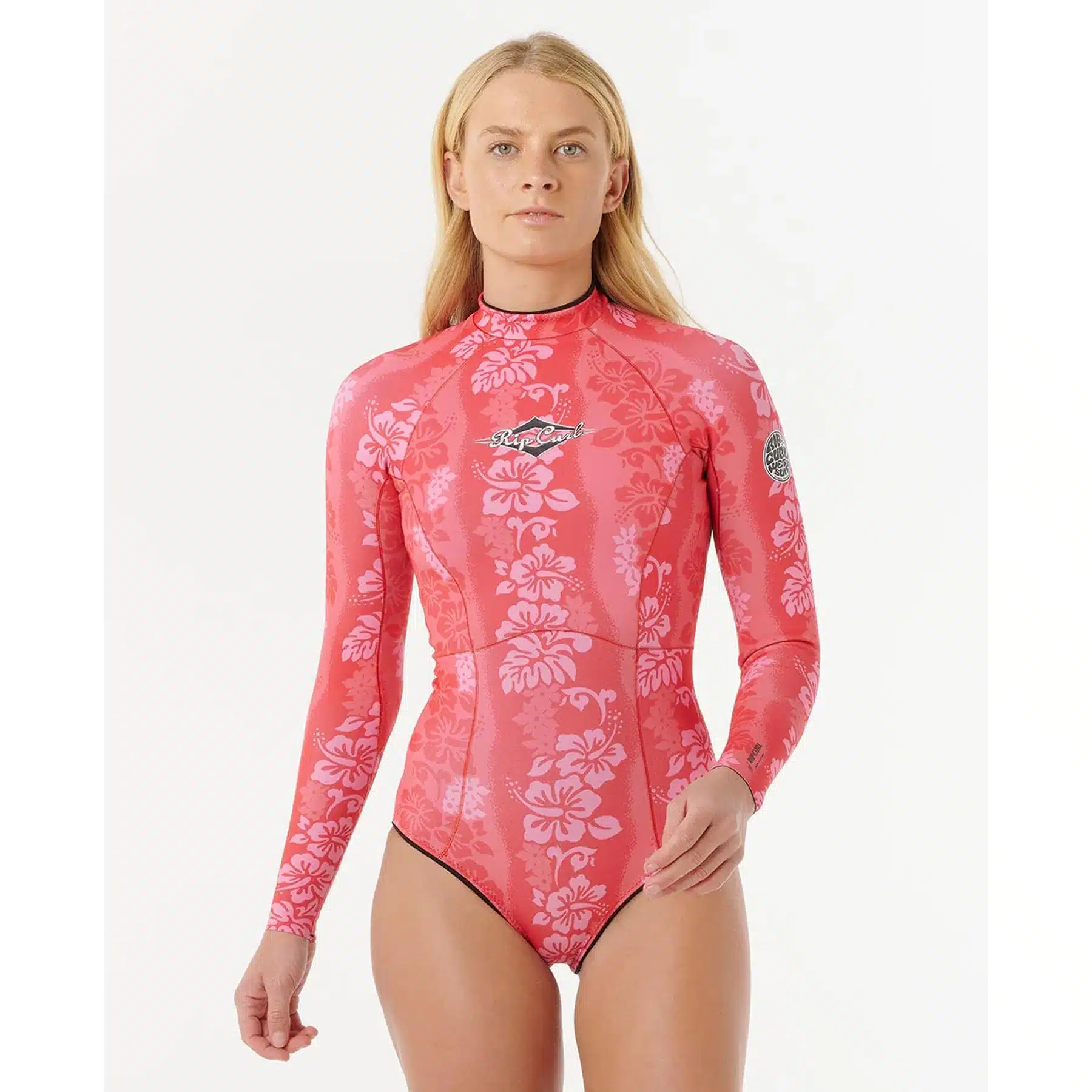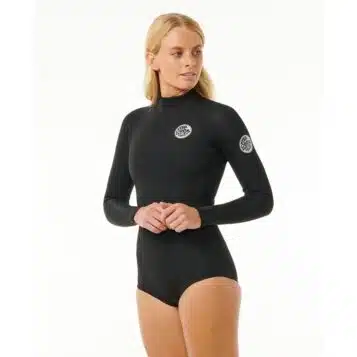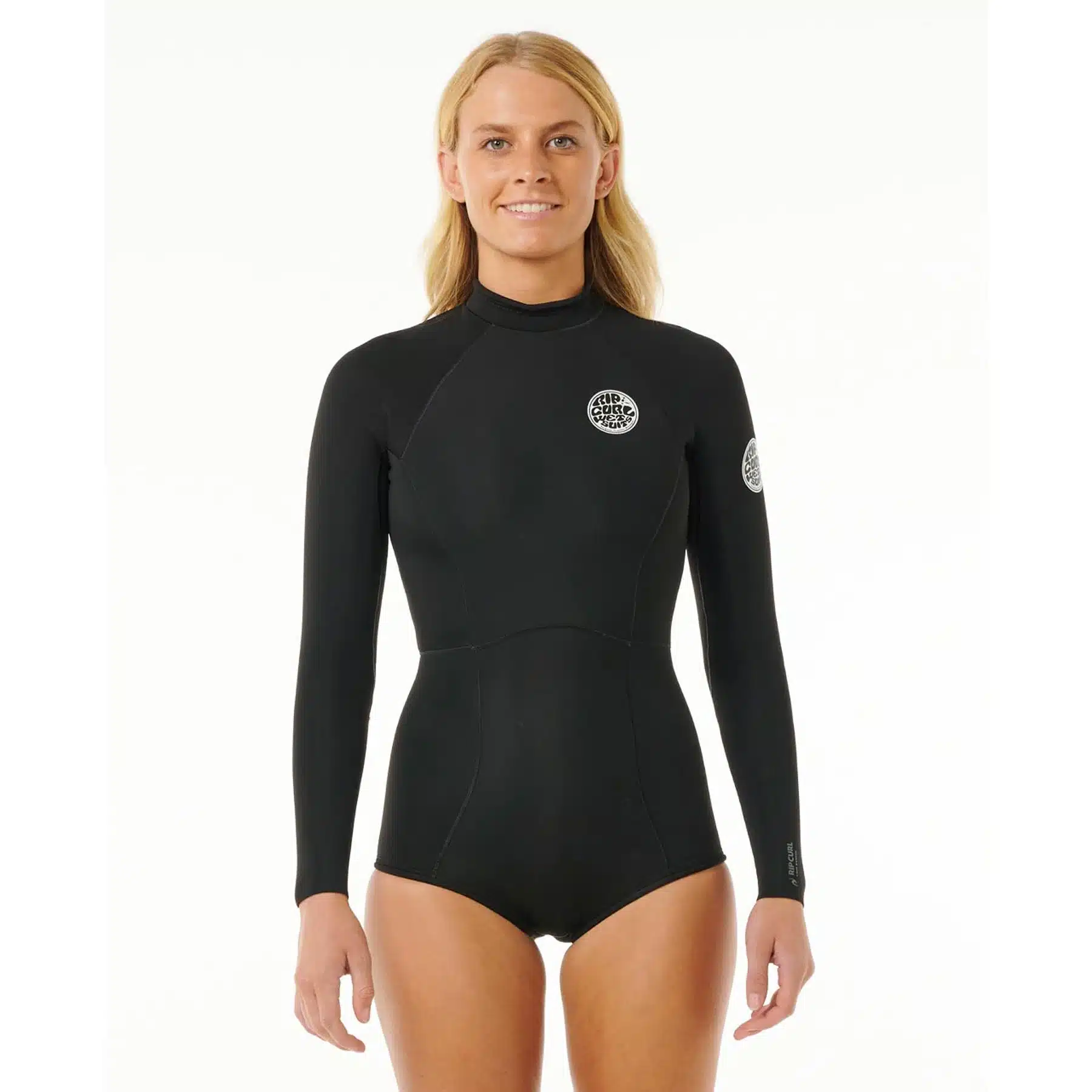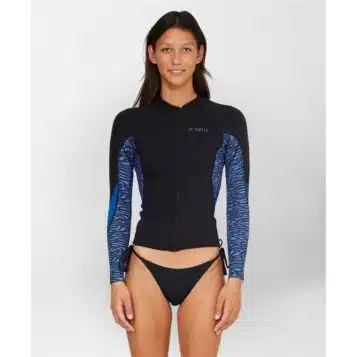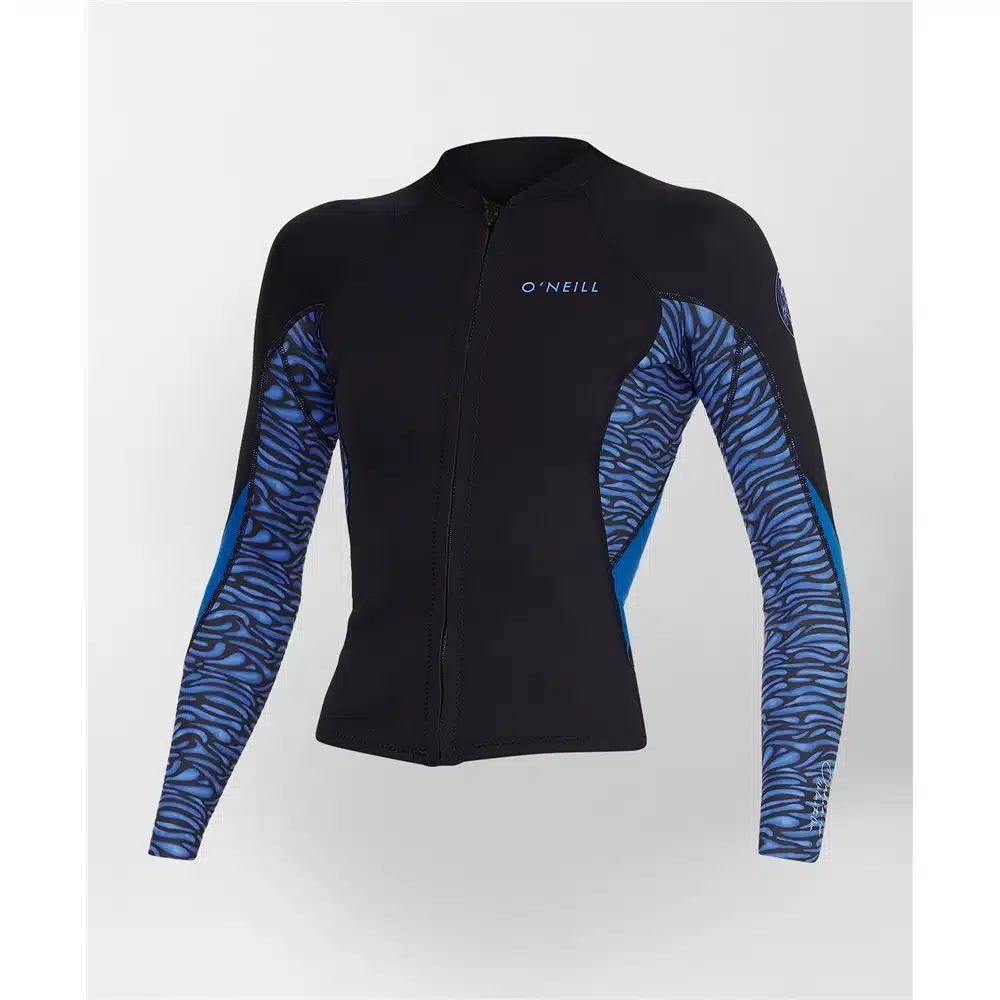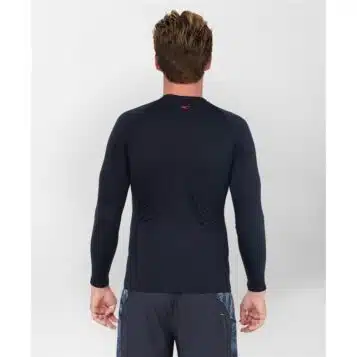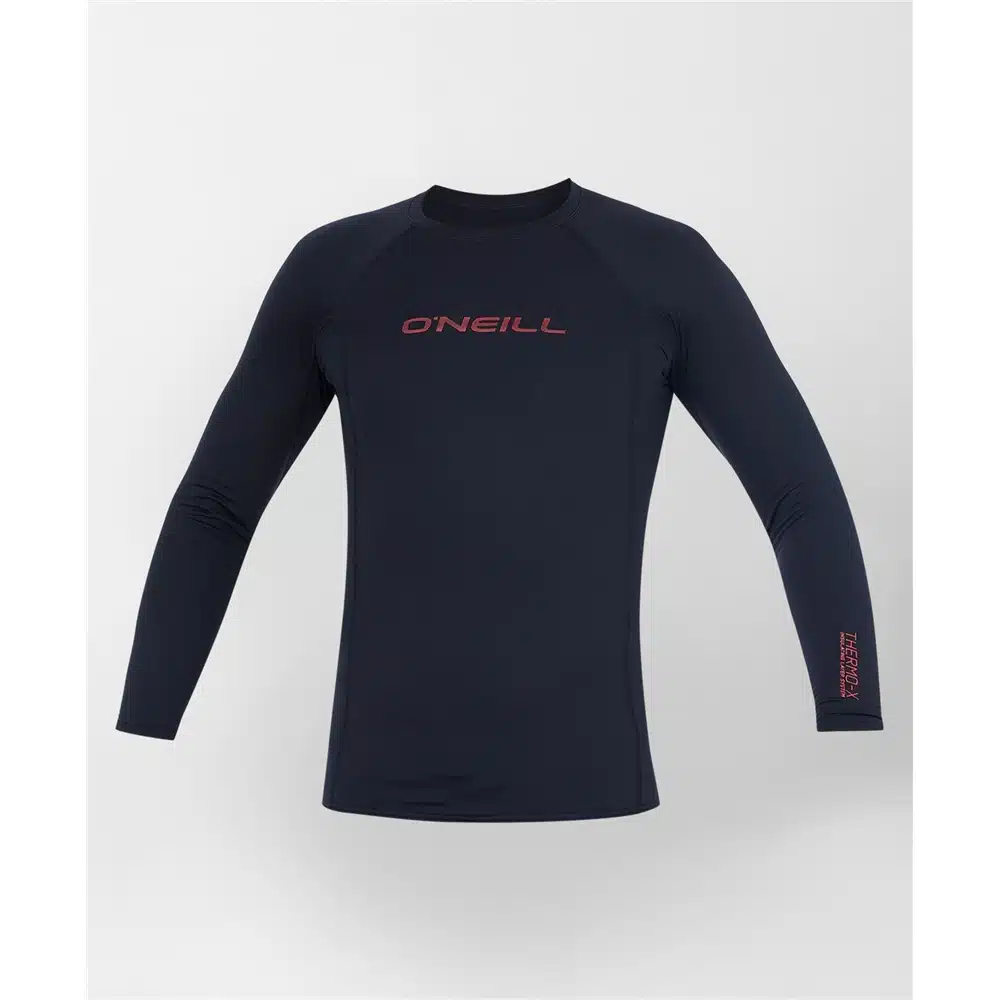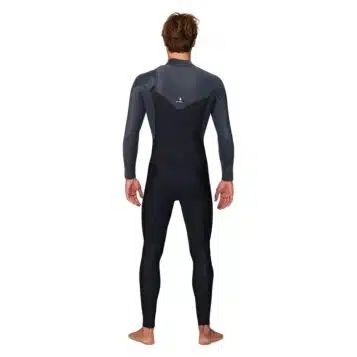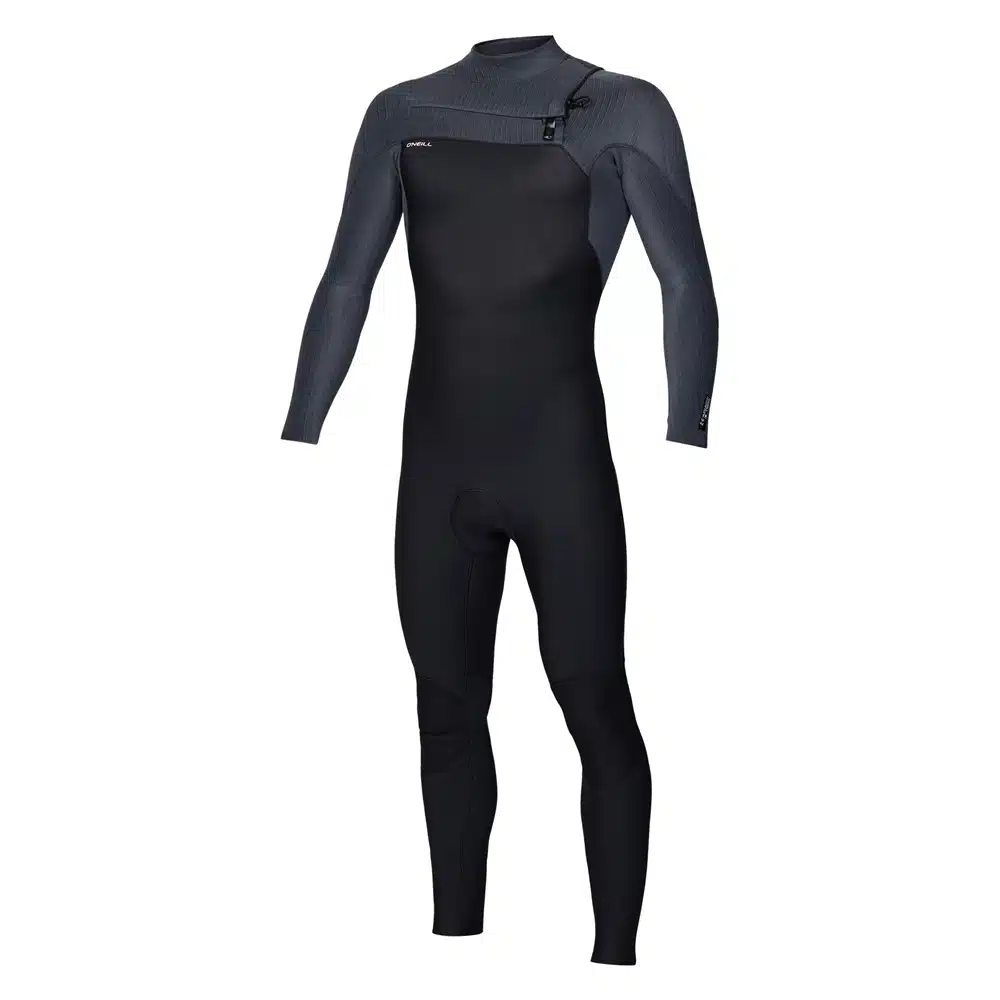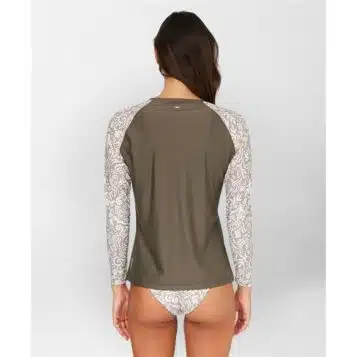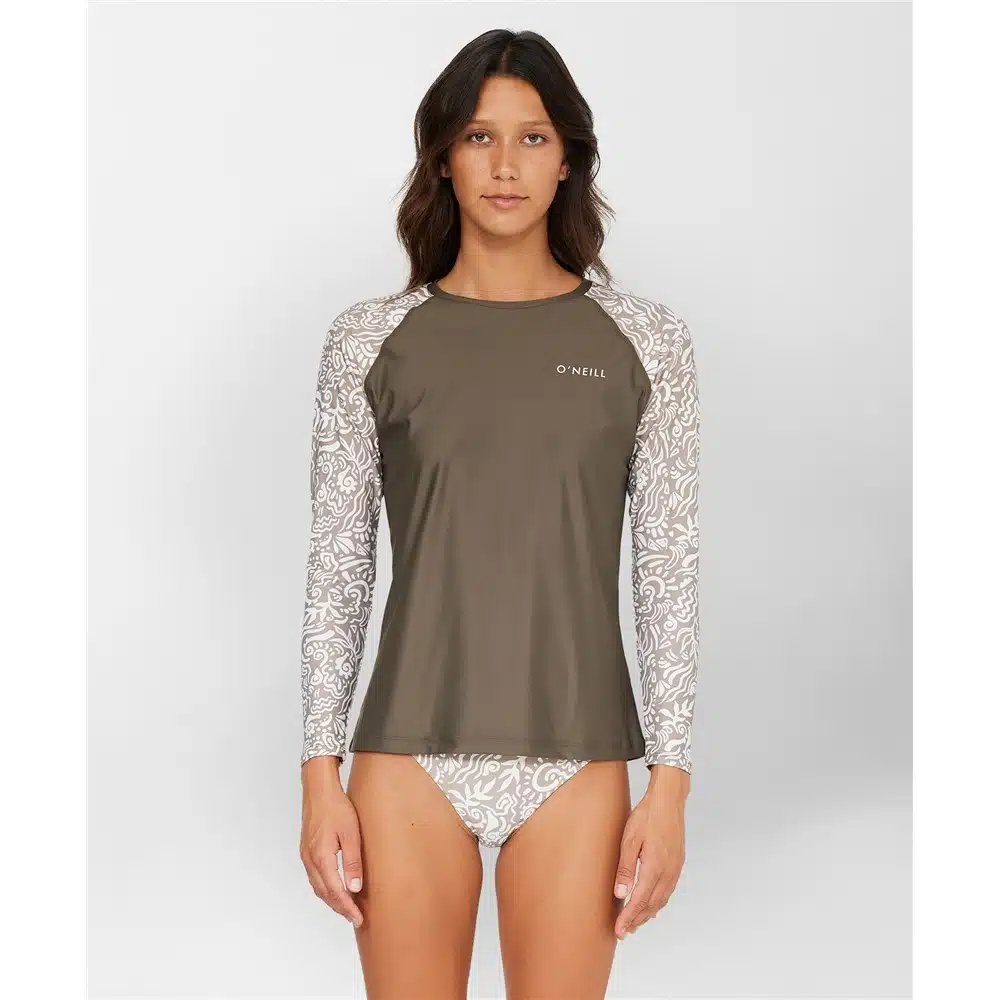Blog
What Wetsuit?
What Makes a Good Wetsuit:
Key Things to Look For
Choosing the right wetsuit can make or break your experience in the water, whether you’re surfing, diving, or swimming. While thickness is often the first thing people consider, other factors like construction, flexibility, weight, and fit are equally critical. Here’s a breakdown of the key elements to look for when selecting a wetsuit, optimized for performance, warmth, and durability.
1. Thickness: The Warmth Factor Wetsuit thickness, typically ranging from 1mm to 6mm, is a primary consideration because it directly impacts warmth. Thicker suits (e.g., 5/4mm or 6/5mm) are ideal for cold water, providing more insulation, while thinner suits (e.g., 1mm or 2mm) suit warmer climates or high-performance activities. However, thickness isn’t the whole story. A 3mm suit with superior construction can sometimes outperform a thicker but poorly made suit in terms of warmth.
Key Tip: Match the thickness to your environment. For example, in New Zealand’s cooler waters, a 3/2mm or 4/3mm suit is often sufficient for summer, while winter may call for a 5/4mm.
2. Construction, Linings, and Seams: The Unsung Heroes
While thickness gets the spotlight, construction, linings, and seams are just as crucial for warmth and durability. High-quality wetsuits use advanced materials and techniques to trap heat and prevent water from seeping in.
- Linings: Look for thermal linings like fleece or infrared-reflective materials (e.g., Rip Curl’s Flashbomb or O’Neill’s Firewall). These add warmth without increasing thickness, keeping you cozy without sacrificing mobility.
- Seams: Sealed seams (glued and blind-stitched or fully taped) prevent water entry, which is critical for warmth. Flatlock seams are cheaper but less watertight, making them better for warm-water suits. Liquid-taped seams offer maximum waterproofing and durability.
- Construction: High-end wetsuits use stretchy, high-quality neoprene for better insulation and flexibility. Cheaper suits may use stiffer, less durable materials that let water flush through more easily.
Key Tip: Check the seam quality and lining type. A suit with taped seams and a thermal lining will keep you warmer than a thicker suit with basic construction.
3. Flexibility: Move Freely, Perform Better
A flexible wetsuit enhances mobility, reduces fatigue, and improves performance—especially for surfers who need to paddle, pop up, and maneuver with ease. High-performance wetsuits use super-stretch neoprene (e.g., O’Neill’s TechnoButter or Rip Curl’s E-Bomb) to maximize range of motion. However, flexibility often comes at the cost of durability. Ultra-stretchy suits are more prone to tears and wear, especially at stress points like knees and elbows.
Key Tip: Balance flexibility with durability. If you’re a surfer prioritizing performance, opt for a high-stretch suit but handle it with care. For rugged activities like diving, consider a slightly less flexible but more durable option.
4. Weight: Light is Right
A wetsuit’s weight, especially when wet, can significantly affect performance. Heavier suits absorb more water, making them harder to move in and less insulating as waterlogged neoprene loses its ability to trap heat. Lightweight neoprene and quick-drying linings reduce weight, keeping you agile and warm.Key Tip: Test the suit’s weight when wet if possible. Premium suits often feel noticeably lighter, even after a session in the water.
5. Fit: The Make-or-Break Factor
A wetsuit that fits poorly won’t keep you warm or perform well, no matter how thick or high-quality it is. Each brand has a slightly different fit, so finding one that matches your body shape is critical. A good fit means no gaps at the wrists, ankles, or neck, and no excessive restriction in the shoulders or knees. A snug fit prevents water from flushing through, which can sap warmth.
Key Tip: Try on multiple brands to find the best fit for your body. Some brands, like Xcel, cater to broader shoulders, while others, like Quiksilver, may suit slimmer builds. Check size charts and consider custom options for unique body shapes.
6. Environmental Considerations: Caring for Your Wetsuit
Modern wetsuits often use eco-friendly water-based glues, which are better for the planet but less resistant to UV damage. In New Zealand, where UV rays are particularly harsh, leaving your wetsuit in the sun can degrade the glue and neoprene, shortening its lifespan. To maximize durability:
- Drip dry in the shade: Avoid hanging your suit in direct sunlight for more than a couple of hours.
- Rinse thoroughly: Remove salt, sand, and chemicals after every session to prevent material breakdown.
- Store properly: Hang your wetsuit on a wide hanger or fold it flat to avoid creasing.
Key Tip: Treat your wetsuit like an investment. Proper care extends its life and maintains performance..
Final Thoughts
A good wetsuit balances thickness, construction, flexibility, weight, and fit to suit your activity and environment. While a thicker suit provides more warmth, don’t overlook the importance of sealed seams, thermal linings, and a snug fit. For surfers, flexibility is key to performance, but durability matters for longevity. And in places like New Zealand, where UV is intense, proper care is non-negotiable to keep your suit in top shape.Before buying, research brands, try on different models, and consider your specific needs—whether it’s warmth for winter dives or flexibility for summer surfing. A well-chosen wetsuit will keep you comfortable, mobile, and stoked in the water for years to come.


